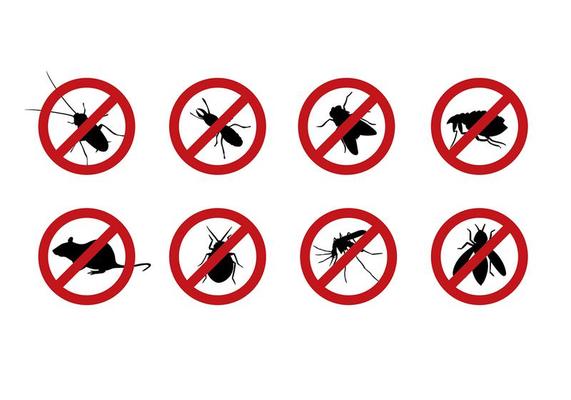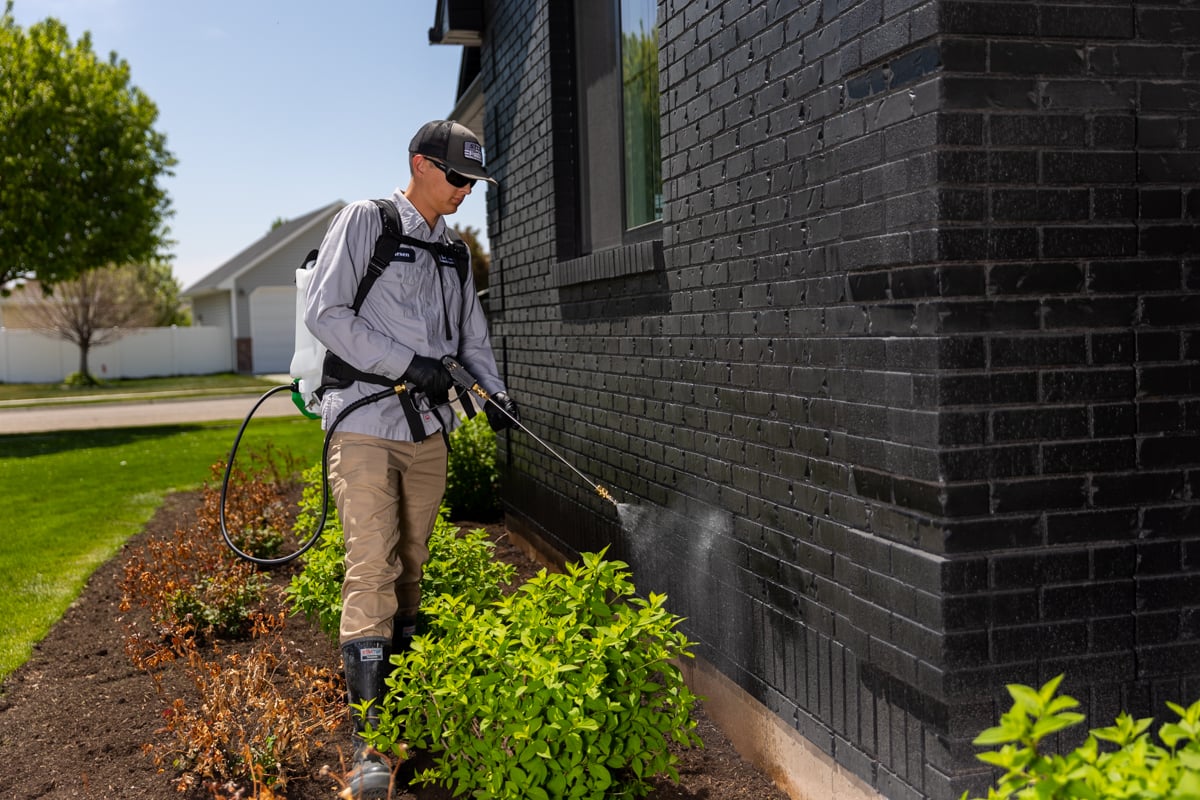A1 Pest Control Charlotte NC Bed Bugs - Expert Extermination Services
A1 Pest Control Charlotte NC Bed Bugs - Expert Extermination Services
Blog Article
Bed Insect Therapy Failure: Contrasting Chemical Vs. Non-Chemical Solutions
In the realm of bug control, particularly when managing the persistent problem of bed bugs, the choice between chemical and non-chemical treatment remedies can be an essential one. Both techniques offer distinctive benefits and downsides, influencing factors such as effectiveness, safety and security factors to consider, and general price. By checking out the nuanced details of each method, a clearer understanding of which course to pursue in resolving a bed insect infestation can be attained.
Effectiveness of Chemical Therapies
Chemical therapies for bed insect infestations have been extensively identified for their rapid and potent efficiency in eradicating these bugs. When thinking about the performance of chemical therapies, it is crucial to recognize that they can give a extensive and quick option to a bed bug issue. Specialist pest control specialists typically count on insecticides to target bed insects at various stages of their life cycle, including fairies, grownups, and eggs. These chemicals typically work by interrupting the bed insects' nerves, leading to paralysis and eventual death.
Additionally, chemical treatments have the advantage of supplying recurring results, indicating that they can remain to eliminate bed pests even after the preliminary application. This residual activity is especially beneficial in combating any potential re-infestations. In addition, the fast activity of chemical therapies can bring relief to people facing extreme bed insect invasions, allowing them to regain control of their living rooms rapidly.
Safety Worry About Chemical Solutions
When making use of chemical options for bed bug therapy is making sure the security of passengers and the environment,One important aspect that requires mindful factor to consider. While chemical treatments can be effective in eradicating bed bugs, they might present dangers if not taken care of properly. Among the primary safety and security interest in chemical solutions is the potential harm they can cause to human wellness. Exposure to certain chemicals made use of in bed bug therapies can bring about respiratory system concerns, skin irritation, or other unfavorable reactions, especially in individuals with pre-existing problems or sensitivities. Additionally, inappropriate application or dose of chemical pesticides can lead to hazardous residues sticking around in the treated location, positioning lasting health dangers to occupants.
In addition, the environmental impact of chemical options is another considerable consideration. Some chemicals used in bed insect therapies may be unsafe to beneficial bugs, wild animals, and environments if they seep right into the soil or water supply. It is important to make use of chemical treatments deliberately, adhering to safety guidelines, and taking into consideration much less toxic alternatives to alleviate these dangers and ensure the safe and effective monitoring of bed bug infestations.
Benefits of Non-Chemical Techniques
Taking into consideration the possible safety and security worries and environmental influence associated with chemical services for bed bug therapy, exploring index non-chemical approaches presents an appealing alternative with numerous unique advantages. Non-chemical treatments are eco pleasant, as they do not add to air or water contamination, making them a lasting option for pest control.
Additionally, non-chemical services can be effective in targeting bed bugs, consisting of hard-to-reach areas where chemical therapies may not permeate. Approaches such as warm therapy, vacuuming, heavy steam cleansing, and mattress coverings provide comprehensive elimination without using dangerous chemicals. Additionally, non-chemical strategies can be much less disruptive, needing minimal prep work and permitting quicker reentry right into treated areas. On the whole, going with non-chemical bed insect treatment techniques not just focuses on security and environmental defense however also guarantees effective and comprehensive insect control.
Limitations of Non-Chemical Treatments

Additionally, non-chemical treatments typically require several applications to achieve successful obliteration. This can be time-consuming and might not always ensure full elimination of all bed insects and their eggs, specifically in concealed or hard-to-reach areas.
Furthermore, the success of non-chemical treatments heavily depends on correct implementation and thoroughness, which can be challenging for people without specialist know-how. Inadequate application of non-chemical techniques may result in incomplete eradication, bring about relentless infestations and the need for additional therapies.
As a result, while non-chemical therapies have their benefits, it is vital to recognize these limitations and consider them when figuring out one of the most effective approach for managing bed bug problems.
Expense Comparison: Chemical Vs. Non-Chemical Options
Given the limitations associated with non-chemical treatments, an essential aspect to evaluate in the context of bed pest monitoring is the cost contrast in between chemical and non-chemical choices. Chemical treatments usually include the application of insecticides by experts, which can range from $250 to $900 per room, depending on the extent of the problem and the size of the location to be dealt with. In contrast, non-chemical treatments like warm therapy or heavy steam can be much more expensive, with prices varying from $1,000 to $6,000 for a whole home. While the preliminary cost of chemical therapies you can find out more might seem lower, numerous treatments might be needed to fully eliminate the invasion, possibly boosting the overall price. On the various other hand, non-chemical alternatives may supply an extra eco-friendly and sustainable option, although they can be cost-prohibitive for some individuals. Ultimately, when considering the price of bed bug therapy choices, it is important to consider the in advance expenses against the effectiveness and long-lasting sustainability of the chosen approach.
Verdict

Taking into consideration the possible security problems and environmental effect linked with chemical solutions for bed pest therapy, exploring non-chemical techniques provides a promising choice with a number of distinct benefits.Provided the constraints associated with non-chemical therapies, a necessary aspect to assess in the context of bed insect monitoring is the expense comparison between chemical and non-chemical choices. In comparison, non-chemical therapies like warmth treatment or steam can be much more costly, with expenses varying from $1,000 to $6,000 for a whole home. While the preliminary price of chemical therapies might appear reduced, multiple therapies may be called for to fully remove the invasion, potentially raising the overall price.In final thought, check my reference when contrasting chemical and non-chemical bed insect treatment choices, it is crucial to take into consideration efficiency, safety and security, advantages, restrictions, and price.
Report this page